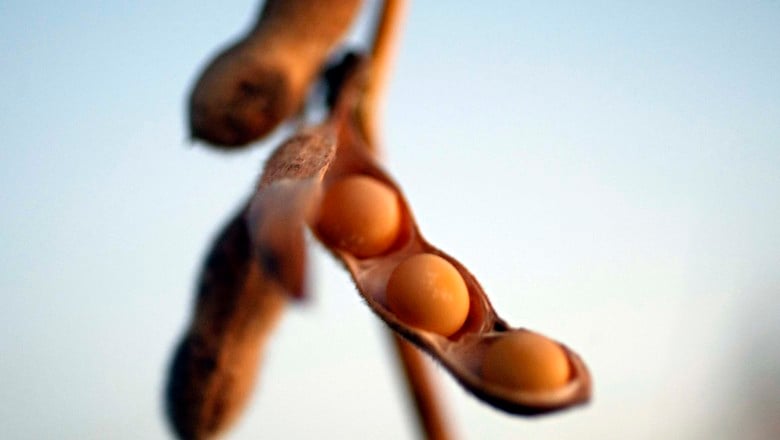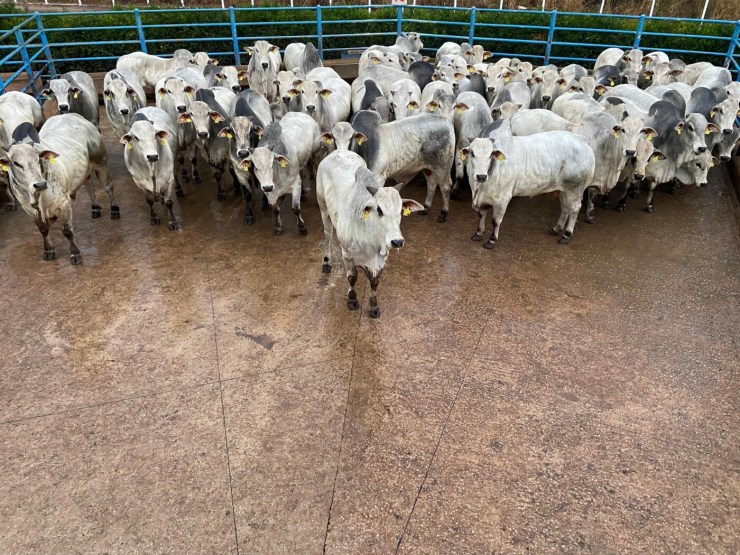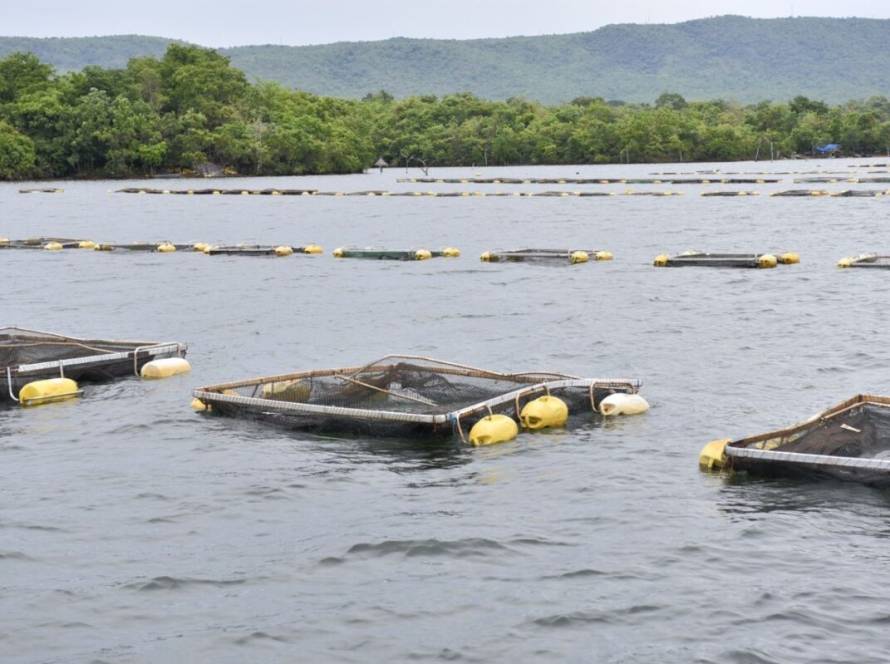On August 20, 2025, Embrapa Agropecuária Oeste and Cooperalfa hosted a Wheat Field Day, bringing together rural producers and technicians at Embrapa's headquarters in Dourados, Mato Grosso do Sul, to exchange knowledge about the crop. The morning event featured cooperative data and Embrapa research findings in the auditorium and technology showcase, highlighting challenges and opportunities for expanding production in Mato Grosso do Sul and the Cerrado.
During the opening ceremony, Auro Akio Otsubo, Deputy Head of Technology Transfer at Embrapa Agropecuária Oeste, recalled that wheat was once highly important in the state, reaching approximately 400,000 hectares in the 1980s. Currently, the cultivated area is approximately 40,000 hectares. "The challenge now is to increase production, not by looking at the crop in isolation, but by adapting wheat within the production system," he emphasized.
Cooperalfa director Claudiney Turmina highlighted Brazil's external dependence, as it still imports approximately 40% of its wheat. He believes the path forward is to move toward self-sufficiency. "Expanding production in the Cerrado is inevitable. Wheat needs to be part of a sustainable production system. It's up to us to make this crop viable for producers," he stated.
Cooperalfa's production supervisor, Luan Bernardi, presented the cooperative's production processes and special projects focused on niches such as infant nutrition, wheat for breeding, and wheat for confectionery. "We need a quality production chain because the cooperative serves multinationals," he emphasized.
Luan Pivatto, an agronomist at Cooperalfa in Dourados, detailed the progress of the "Special Flour Project in Mato Grosso do Sul," which includes guaranteed contract liquidity, regular technical assistance on farms, and cultivar recommendations based on Embrapa research. "Embrapa Agropecuária Oeste has been conducting four years of studies evaluating cultivars, density, and management. Each year, we have made progress to increase productivity and reduce costs," he stated.
He also emphasized that wheat cultivation brings additional benefits, such as soil improvement, nutrient cycling, and weed reduction. "There's a good chance that soybean productivity after wheat can increase up to 20%," he noted.
Analyst Bruno Lemos, from Embrapa Trigo (Passo Fundo, RS), reinforced that "wheat is a great business" and noted that Embrapa created the tropical wheat program. "We are engaged in research and have already delivered materials with greater tolerance to blast, drought, and heat. But it is essential to respect each region's planting window. In Mato Grosso do Sul, for example, the planting window runs from late April to early May," he explained.
Researcher Claudio Lazzarotto, from Embrapa Agropecuária Oeste, presented results from an evaluation of wheat cultivation in the experimental field, using cultivars from Embrapa and other companies, over the past three years—a period during which the region experienced higher-than-average temperatures and drier weather. In 2022, productivity ranged from 34 to 69 bags/ha; in 2023, from 29 to 49 bags/ha; and in 2024, from 51 to 88 bags/ha.
"We have the genetics to produce very well. In the Alfa Program, we have six cultivars with a potential of 4,000 to 5,000 kg/ha," he stated, adding that "the production system is being improved." Currently, the average in the state is around 3,000 kg/ha.
According to Lazzarotto, two field experiments are underway at Embrapa Agropecuária Oeste to evaluate different methods of applying nitrogen to the soil. The goal is to answer two main questions: what is the best way to apply the nutrient and in what quantities to ensure greater productivity. The results should be available in approximately one month.
The researcher also emphasized that the intention is not to replace corn with wheat. "There's room for both. If a producer uses 0.5% to 1% of corn acreage to grow wheat, they're not sacrificing corn and still reaping the benefits of wheat," he concluded.




